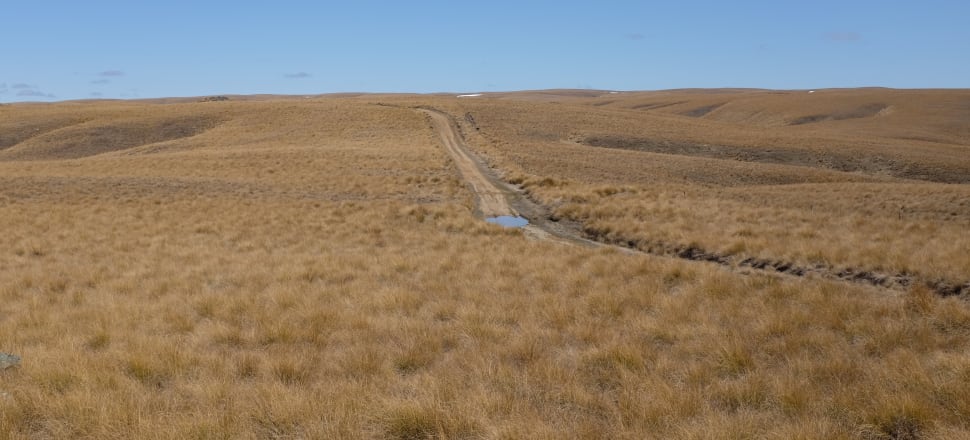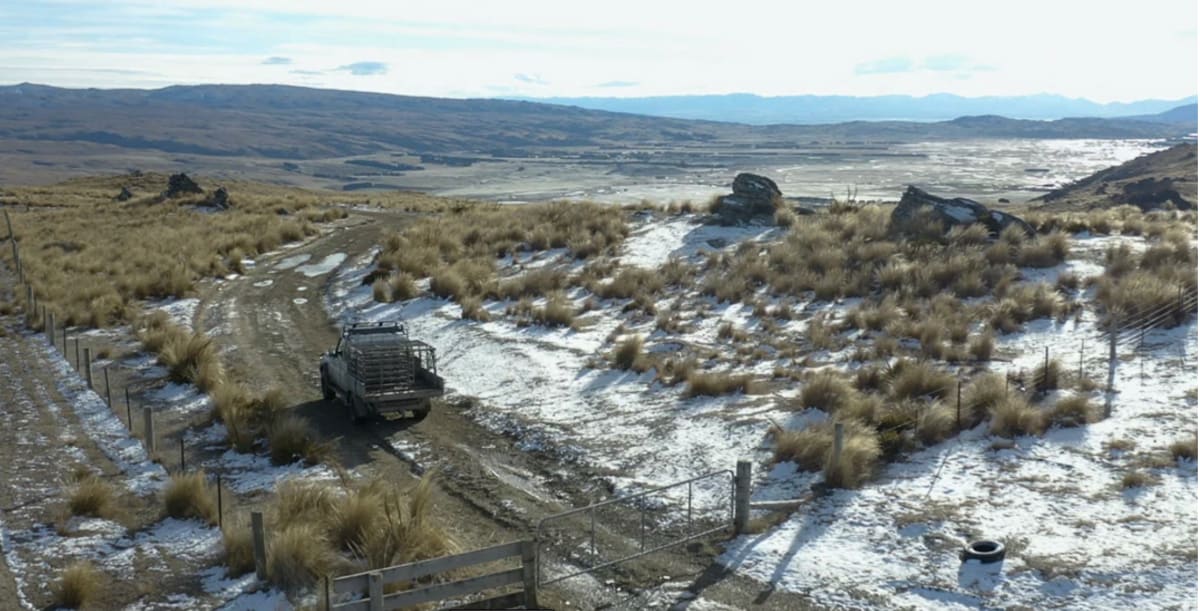
Farmers looking to plant pines to compensate for methane-emission charges are encountering community pushback
Increasing interest in planting pine trees for carbon farming has become a flashpoint in ecologically sensitive parts of Central Otago.
The owners of Lammermoor Station, a sheep, beef and grain-growing property near Middlemarch, say they’ve been taken aback by the vitriol directed at them since they applied for consent to plant 66ha of pines.
Wilding pines are a serious problem in Central Otago, where rocky landscapes are highly valued by residents and are a tourism drawcard.
Susie and John Elliot, whose family have farmed the 5200ha Paerau Valley station for more than 90 years, say they recognise this and appreciate people’s concerns.
But being told they are “greedy and horrible” by fellow Kiwis is upsetting particularly as the planting has been carefully planned.
“I’ve pretty much given up going to local stuff around here, even the supermarket, because you get it from people just because you’re a farmer,” Susie Elliot says.
“You can see I’m pretty hot under the collar about it but I’m sick of it. All we are doing is trying to mitigate what is happening to us.”
The aim is to find ways to meet proposed future livestock emissions payments, which could run into hundreds of thousands of dollars.
The surge of interest in carbon farming has prompted the government to review forestry controls.
Otago Regional Council is finalising a submission to the government urging rigorous management of pine plantations.
It follows council input in April to a Ministry for Primary Industries’ consultation round on changing forestry rules in the NZ Emissions Trading Scheme.
It told the ministry it favours legislation that allows landowners to use marginal or unstable land for such plantings, while listing water yields, fire risk, the spread of wilding pines and feral pests as potential concerns.
On Wednesday, the council considered a paper written by the Primary Industries and Environment ministries that says the government recognises indigenous and exotic forests provide important income and opportunities for landowners through integration into existing farm practices.
The government is aware, however, that a projected increase in exotic afforestation, “especially the emergence of exotic carbon forests on a significant scale”, is raising concern among communities, primary-sector interests, environmental non-governmental organisations (eNGOs) and councils.
Future-proofing
The Elliots, who say their property is certified organic and carbon-neutral, want to plant pines to secure their farm’s future.
Critics have raised concerns in emails and on social media over potential fires, the spread of wilding pines, the favouring of exotics over native trees and the motivations for planting.

The planting site is within outstanding natural landscape and significant amenity landscape areas and is made up of shady gullies.
“You could barely run a rabbit on that stuff. It’s cold, dark country and quite secluded,” John Elliot says.
If consented, two-thirds of the 66ha block will be planted in what’s said to be a non-spreading pinus radiata-pinus attenuata hybrid.
The cost of planting them would be hundreds of thousands of dollars, Elliot says.
The balance would be ponderosa pine, which the Elliots say would be carefully managed to avoid spread.
The couple are working with the QEII National Trust to investigate creating covenants on about 150ha of high-altitude wetland and are also looking into building a hydro scheme to become self-sufficient in electricity.
John Elliot says it is “sad to see” whole farms going into pine trees elsewhere in New Zealand.
“It’s a difficult one to be able to please everyone at the moment. Who’s to say people can’t sell their land - it’s hard if they’re being offered five times its value. But someone is going to be left holding the baby in years to come.”
Susie Elliot advocates smaller plantings.
“If every farm can plant 10ha or 20ha, that would help.
“I don’t think people are aware that the rarest Kiwi in New Zealand in the next 20 years could be the New Zealand farmer. Food just doesn’t grow itself.”
According to the government discussion paper considered this week by Otago Regional Council, 80 percent of the country’s 10 million hectares of forest is indigenous.
Afforestation - often on what were entire farms - has increased significantly to about 68,000ha in 2022. Projections are that up to 1 million hectares could be planted between 2022 and 2050.
The paper outlines how proposed changes to the country’s emission trading scheme and a rising carbon price could further encourage exotic plantings to a total of about 2.8 million hectares by 2050.
Public submissions on the Elliots’ resource consent application to plant 60,000 pines on Lammermoor Station close on December 1.
Made with the support of the Public Interest Journalism Fund








